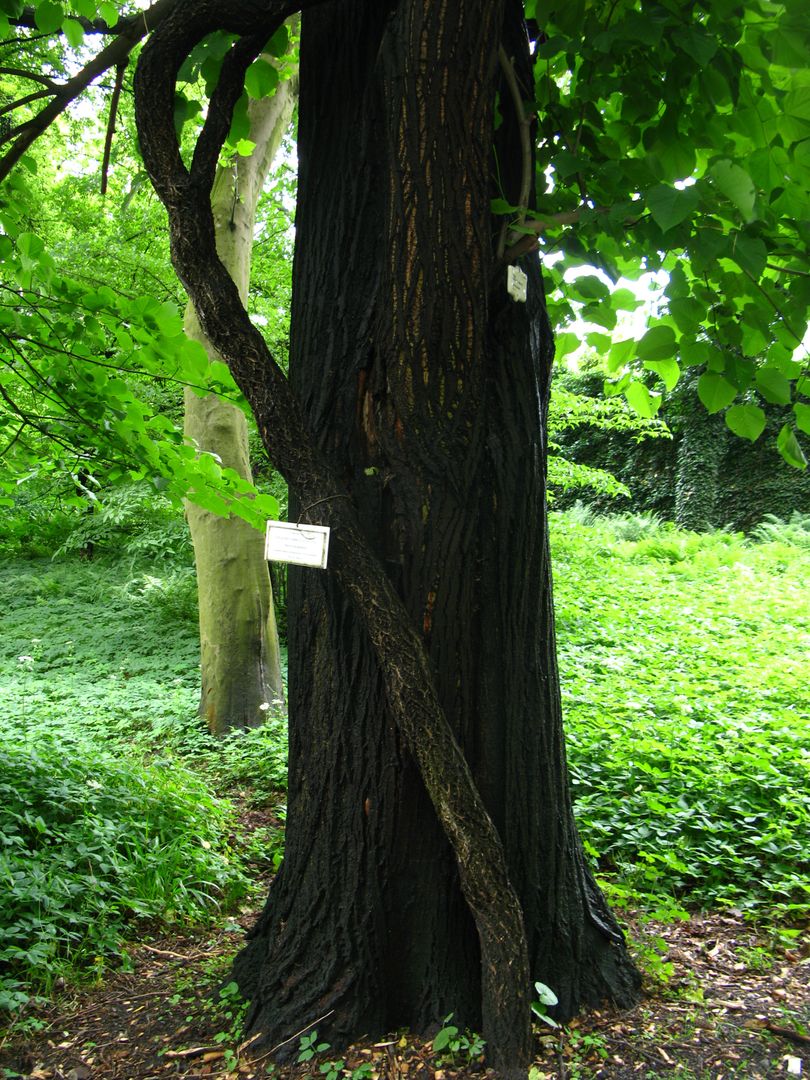Jagiellonian University Botanical Garden
6.31

Overview
The Jagiellonian University Botanical Garden in Krakow, established in 1783, is the oldest botanical garden in Poland and plays a significant role in the history of science and culture. It covers an area of 9.6 hectares, and its grounds were originally the garden of the Czartoryski family. The garden is designed as a landscape park with a rich collection of plants, including around 5,000 species, of which 1,000 are trees and shrubs. Among its natural monuments are the "Jagiellonian Oak" and a number of unique plants, such as the ginkgo biloba and the bald cypress. The garden's structure features greenhouses, including the oldest one, "Victoria," and the "Jubilee" greenhouse, created for the research and display of tropical plants. The garden also boasts historical buildings, such as the Astronomical Observatory and Collegium Śniadeckiego, where pioneering botanical work took place. Various eras and directors, such as Jan Dominik Jaśkiewicz and Władysław Szafer, contributed to the garden's development and plant collection. The garden features busts of famous botanists, highlighting its importance in Polish scientific history. Over the years, the Botanical Garden has undergone many changes, adapting to political and social realities while enriching its resources with new plant species. Its current appearance and functions are the result of the work of many distinguished botanists who, over the centuries, have developed this institution, making it not only a place for scientific research but also a valuable tourist attraction and a cultural heritage site of Krakow.
Location
Tickets
Powered by GetYourGuide
2025 Wizytor | All Rights Reserved